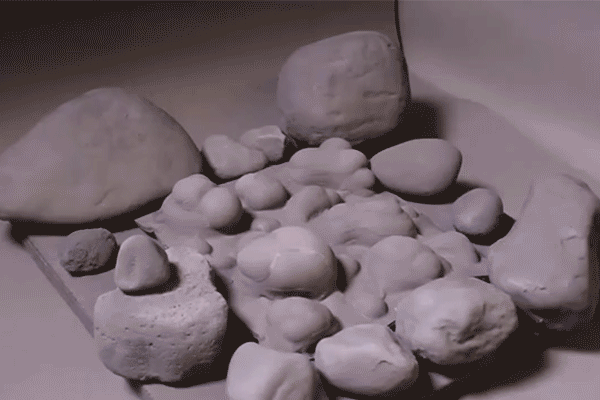In recent years, there have been massive advances in the world of “hard” robotics—robots that are made from hard plastics and metals. These robots are excellent for industrial jobs because they are precise, strong, and well-equipped for strenuous labor. It’s a smart solution for factories and warehouses, but what about jobs where humans are more integral to the work itself, such as nursing or healthcare? If researchers could develop robots that interact with humans as carefully as humans interact with one another, they could be used in a variety of fields to improve daily life in radical new ways. This is where soft robotics comes in.
James Pikul, assistant professor in mechanical engineering and applied mechanics, studies soft robotics, an emerging field that seeks to build robots that can safely handle more delicate and fragile objects. These robots must incorporate materials that deform under pressure, reducing the chances of crushing, pinching or otherwise hurting the equally soft things they interact with, such as human bodies.
In 2019, Pikul and his team received a $2 million grant from the National Science Foundation to explore a new type of soft robotics that don’t conform to the common conception of robots at all. These soft robots start as flat sheets, then transform into precise shapes to perform tasks. Their goal: to create an inflatable robotic mat to be placed on top of hospital beds and used to move patients. This application has the potential to increase patient comfort and decrease injuries to nurses and healthcare workers that can be caused by patient handling.
Read more at Penn Engineering.








